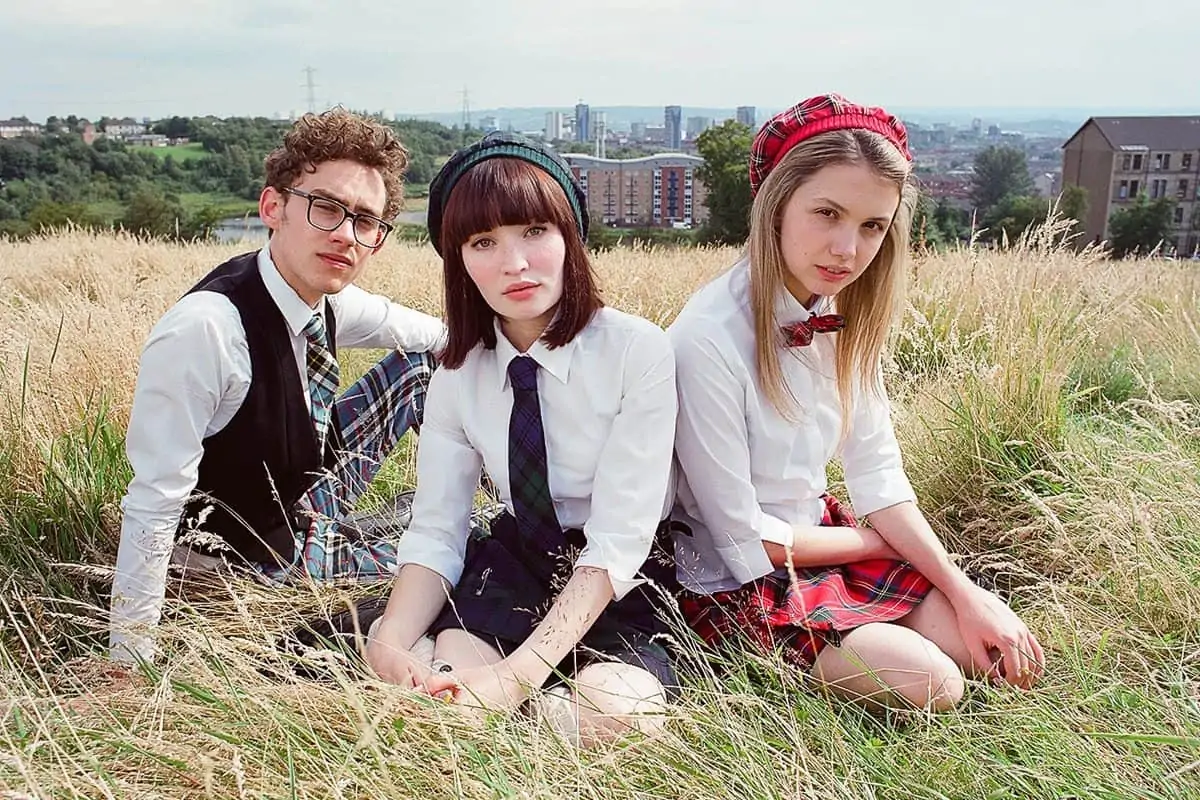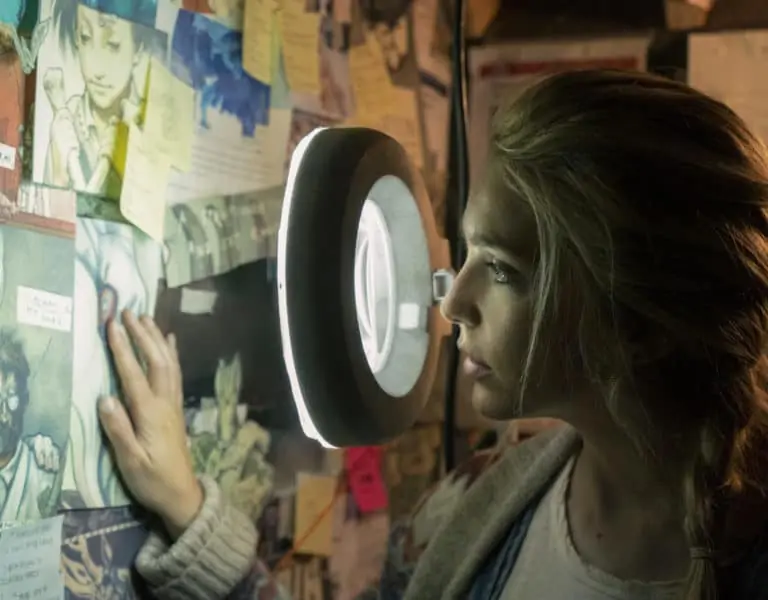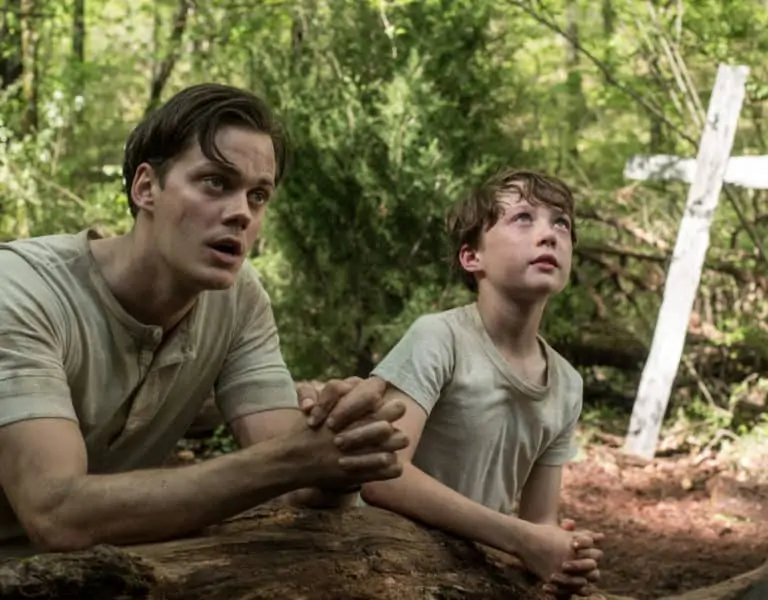WILD ADVENTURE
Ed Wild BSC’s fluid, dynamic cinematography forms an emotional connection in survival series The Wilds.
Teen angst meets survival drama in The Wilds, Amazon Prime Video’s 10-part original series following a group of teenagers embarking on what they believe to be an all-girls empowerment retreat. When their plane crashes, stranding them on a deserted island, the group slowly discovers the detour was premeditated.
The honesty and emotional content of Sarah Streicher’s (Daredevil) script for the series moved cinematographer Ed Wild BSC. “I loved the variety of people from different socio-economic backgrounds it featured. Each episode is another character’s story about a different world in America which offered a huge canvas to explore,” says Wild, who was excited to work on a series so emotionally connected it felt like an independent film.
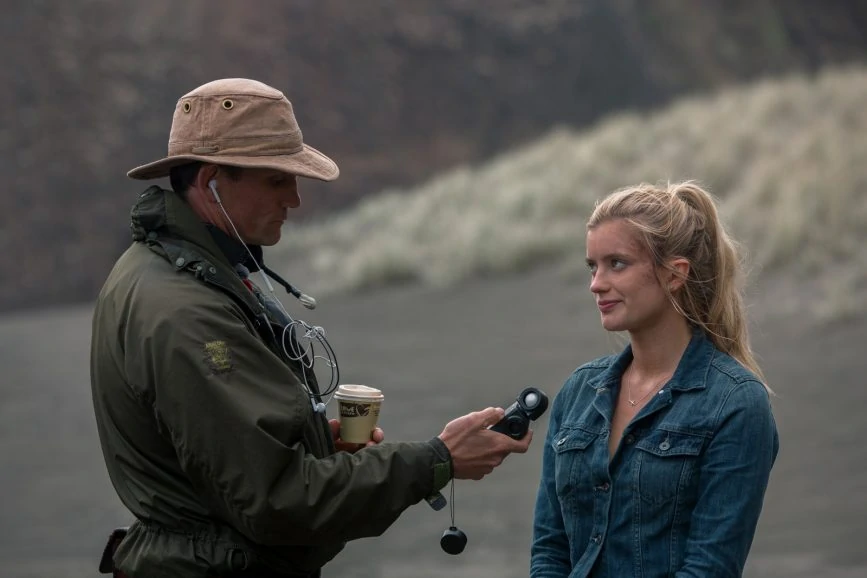
Inspired by Peter Weir’s Picnic at Hanging Rock (1975), Nick Roeg’s Walkabout (1971), and the work of cinematographer Robbie Ryan and director Andrea Arnold, who teamed up on films such as Fish Tank (2009) and American Honey (2016), Wild strived to achieve a similar naturalism and intimacy in the series. “It’s about teenagers who are emotionally chaotic, so I didn’t want to be restricted by the frame. I needed to convey the environment’s rawness and elemental beauty when the teenagers arrive on the island.”
The 15-day shoot for the pilot began in August 2018 in New Zealand, with prep for the rest of the series taking place the following August before shooting began in September,on the North Island’s coastline, soundstages and in Auckland. Wild operated on the pilot, enjoying the closeness it offers, but stepped away from operating on the other five episodes he lensed to maintain consistency between his episodes and those shot by cinematographers Rob Marsh and Peter Field.
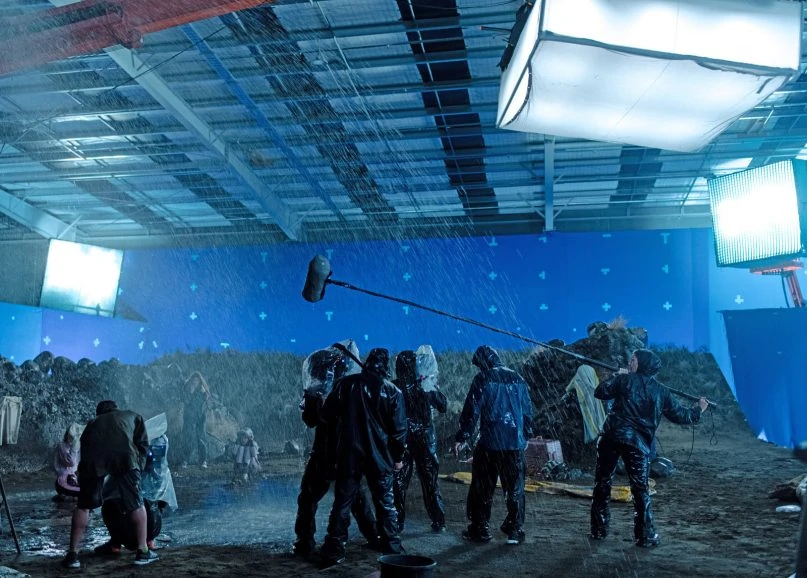
Susanna Fogel, who directed the pilot, and Wild agreed the series needed to feel immediate, connected, and honest. The pair bedded in the look and considered how to explore the past and present struggles of the young women. As the costumes and locations clearly indicated what was present day or flashback, they decided a separate look which might “cast a veil and block the emotional connection” was not necessary.
Wild selects his camera package based on what naturally allows the desired results to be achieved. “I wanted an honest feeling rather than creating a look. The Sony Venice lets the colours breathe and its internal filter was invaluable when working with New Zealand’s light that could change by four stops between takes,” he says.
Tokina Cinema Vista helped capture the natural beauty and vast panoramas of the North Island’s west coast, a stunning backdrop to the island scenes. “Will Bartleet at Cintek introduced me to the Vistas when I shot the film Blithe Spirit and I knew I wanted them on The Wilds. They were perfect for shooting full frame – I love their soft fall off, circular bokeh and warm, rich feel. Combined with the Venice, they helped emulate the painterly look of the old Kodak 320T film.
“The 18mm on the Vista is great, but due to the scale of the landscape we also added a Gecko-Cam Genesis G35 14.5mm.New Zealand-based Aerial Camera’s stunning aerial footage also encapsulated the essence of the rugged coastal landscape,” says Wild.
Happy to mix handheld, crane and Steadicam to suit the narrative, the fluidity and dynamism of The Wilds’ camera movement responds to the scene’s emotion, with a more static approach adopted for sequences in the clinical-looking Dawn of Eve headquarters than those filmed on the island.
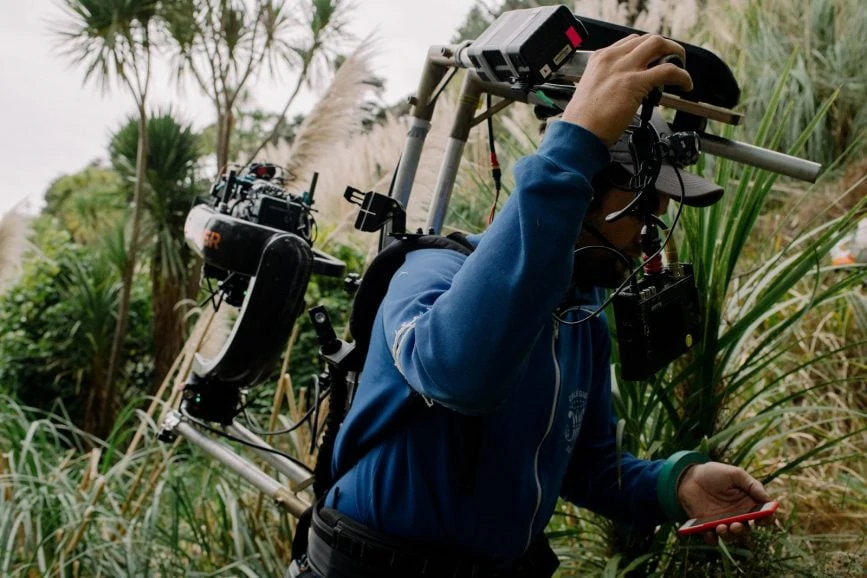
To shoot long walk and talks on narrow treacherous cliff paths, A camera operator, Dana Little, attached a DJI Ronin gimbal to a Steadicam which Wild operated as a remote head, leaving Little free to negotiate the path with the rig.
The team also learnt valuable lessons about the meticulous planning water work involves, requiring an “almost military briefing” before shooting in the sea because it was difficult to hear one another whilst in the water. Other water-based scenes were filmed in front of blue screens in tanks of various sizes at Wero Whitewater Park, with the greatest challenge being creating waves that would blend seamlessly into the set extension.

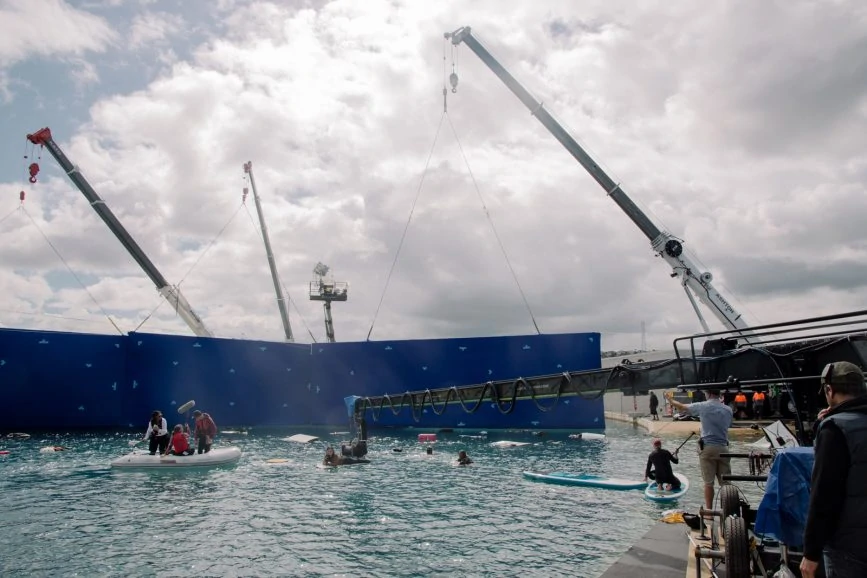
Although Piha Beach provided an idyllic location for the pilot, access restrictions meant lighting huge night-time exterior scenes became a logistical challenge “We could only light from certain places as it’s a natural wildlife habitat,” says Wild. “Luckily, the Sony Venice’s high ISO scale captured the cliffs gaffer Gilly Lawrence and his team had battled to light with a combination of 9K HMIs, carrying 6K generators up cliffsides. These were often hundreds of metres from the set, so ensuring there was enough light to achieve a sense of the huge space was challenging. We also used battery-powered LED including the Digital Sputnik that were powerful and versatile enough to move on the beach for localised lighting.”
Bethells Beach’s distinctive black sand, where later episodes’ island scenes were shot, presented different challenges. “The coast’s often brutal weather forced some crew to wear goggles for protection from what were effectively iron filings,” says Wild.
“These were not production-friendly beaches to access or light. Equipment was elevated on four-foot-high platforms because of rapidly changing conditions. During filming, a freak wave washed over the entire unit. It was a struggle, but the rawness comes across. We didn’t want the natural environment to look overly controlled. Having to think quickly kept the energy up. It’s also testament to how hard 1st AC Sam Mathews and his team worked looking after the gear.”



The Environmental Protection Authority prohibited the use of lights at Bethells Beach for night shoots, so a large beach set with a blue screen was constructed in a warehouse. When lighting the Dawn of Eve set, built at Studio Westin Auckland, to create a clinical feel, Wild applied techniques used on music video and fashion show shoots, stacking ETC Source Four fresnels to produce one soft source combined with bounce light. While traditional HMIs were often used for exterior scenes, paper lanterns and practical lights formed the backbone of the interior sequences’ illumination. A stripped-back video monitoring set-up was chosen due to the restricted access to remote locations. This saw DIT Michael Urban from The Rebel Fleet process footage sent from the beach to his base camp. Sean Coleman from Company 3 achieved the natural feel Wild desired in the final grade. “His work on the post-apocalyptic Bird Box (2018) was relevant for what we were trying to accomplish,” he says. “Sean’s fascination with visuals and vast library of references made it an incredible collaboration.”


